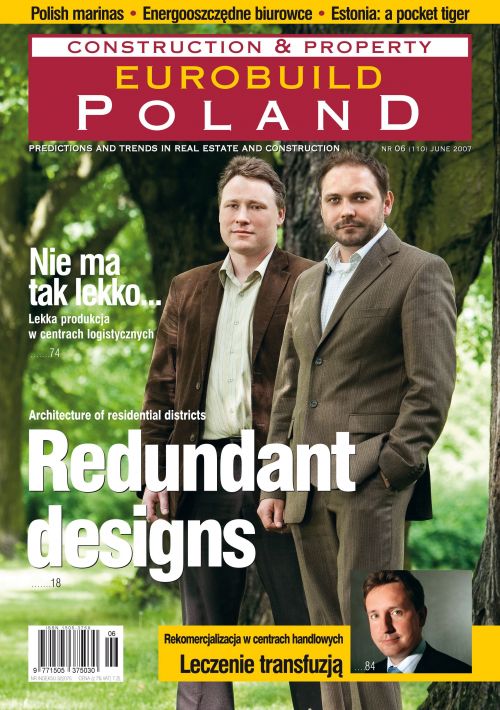Developers are increasingly offering tenants premises in energy-efficient buildings. But it seems that such slogans are just a market gimmick By definition an energy-efficient building is one in which annual heat consumption is less than 70 kWh per sqm. Such buildings must be equipped with efficient heat insulation and controlled ventilation, and with thermal bridges reduced to a minimum. An energy-efficient building may also be defined as one in which separate systems registering consumption by individual tenants are installed, i.e. each pays separately for the energy it actually consumes. In addition, windows in such buildings must be triple-glazed and argon-gas filled, allowing savings on heating. Convincing buzzwordEnergy-efficient construction has become an excellent advertising motto for new office investments. But Cezary Sankowski of the National Social Ecology Movement in Poland claims that no fully energy-efficient buildings are being built in this country.Cezary Sankowski r






























































